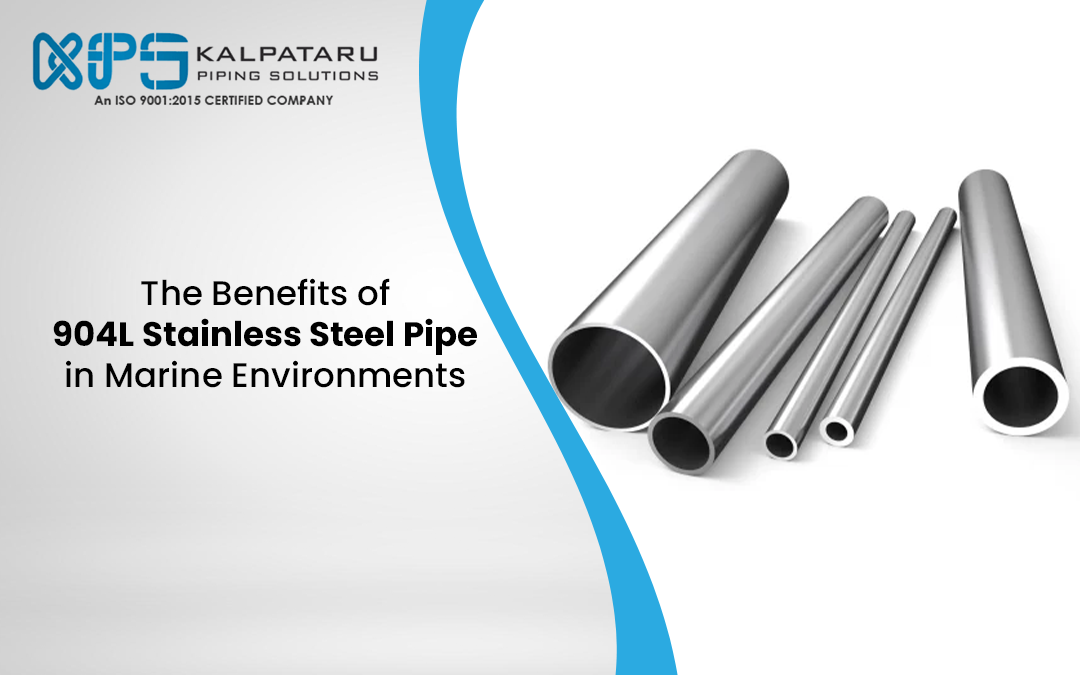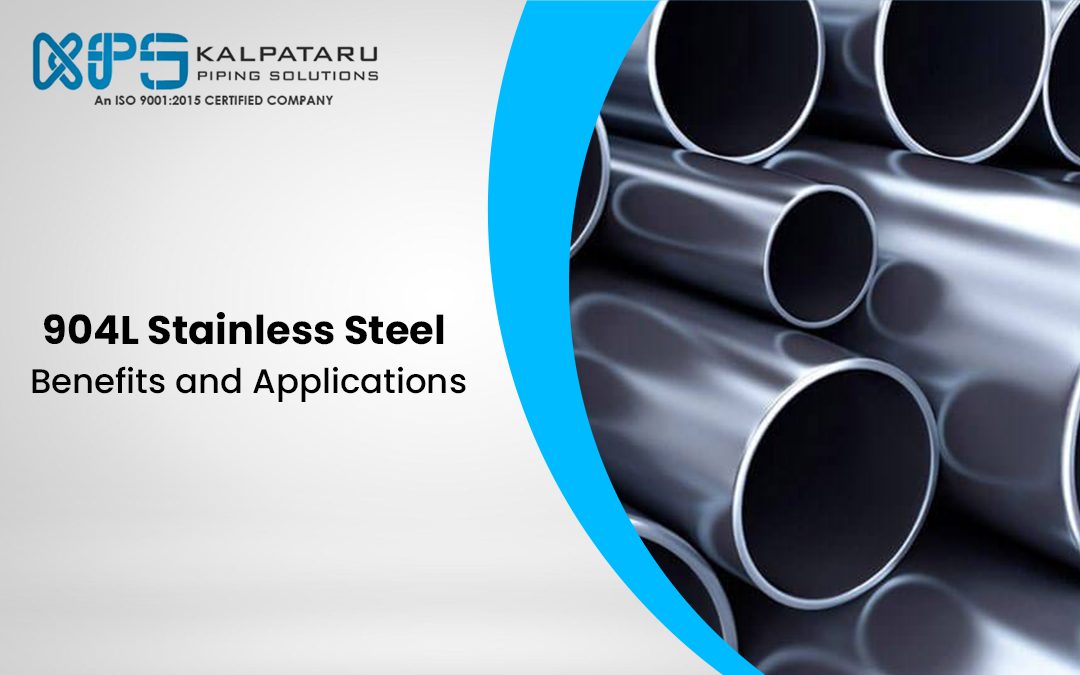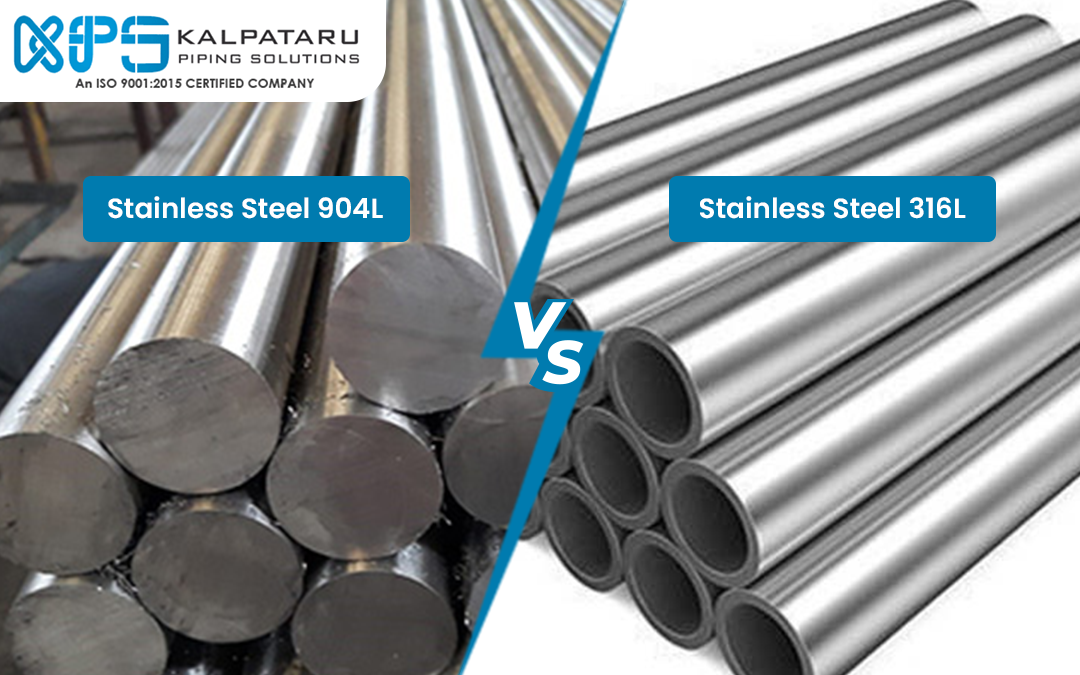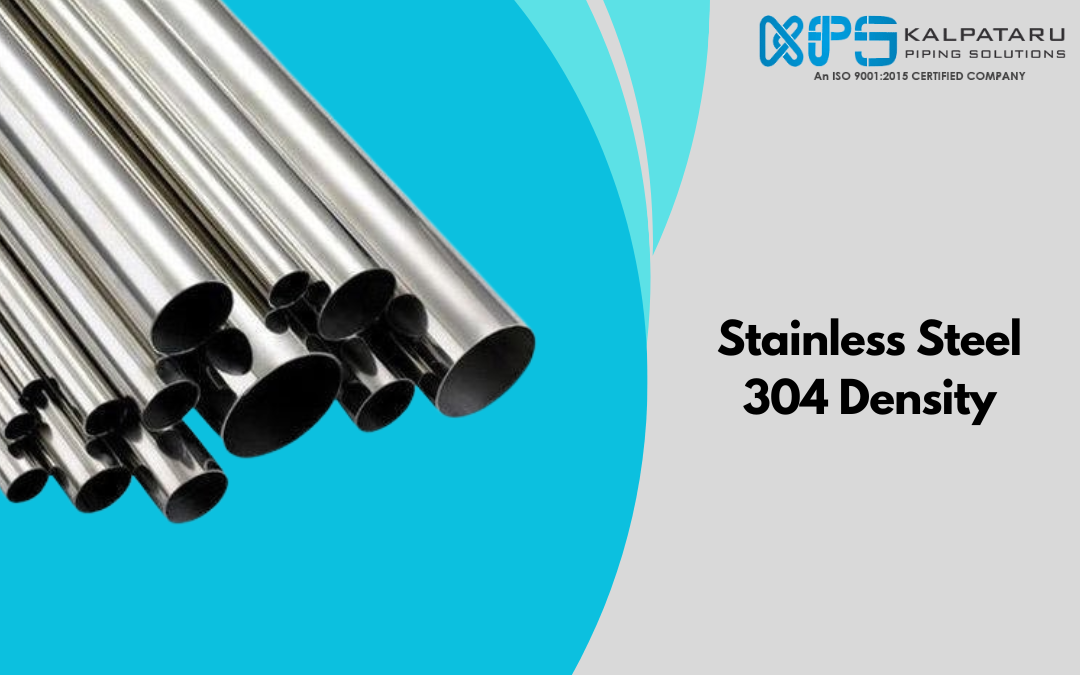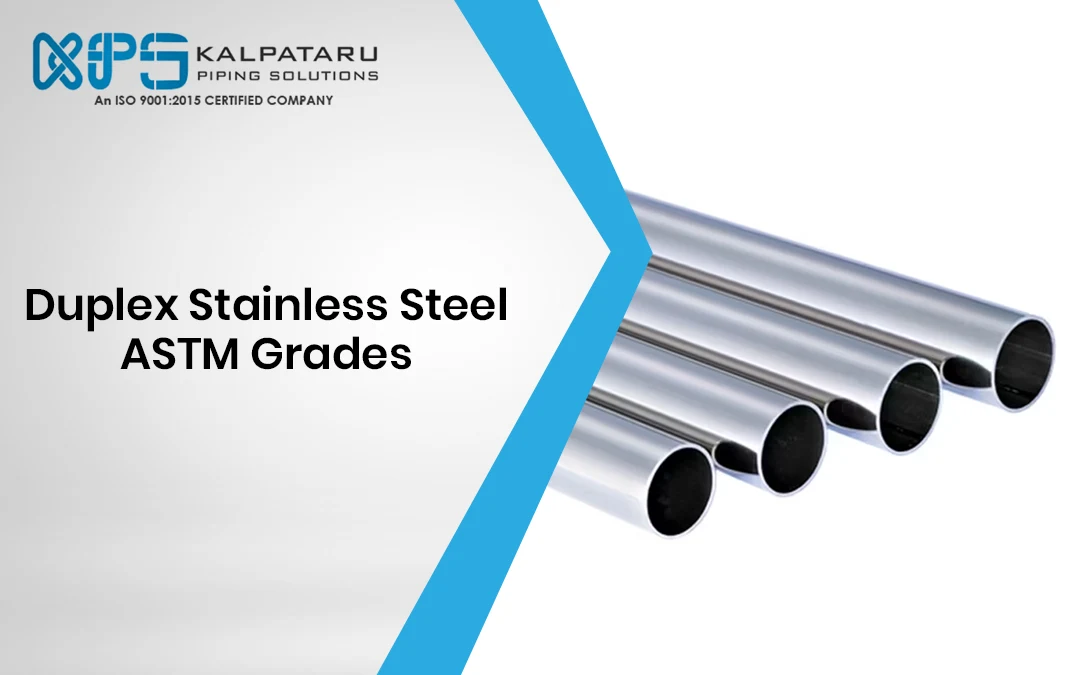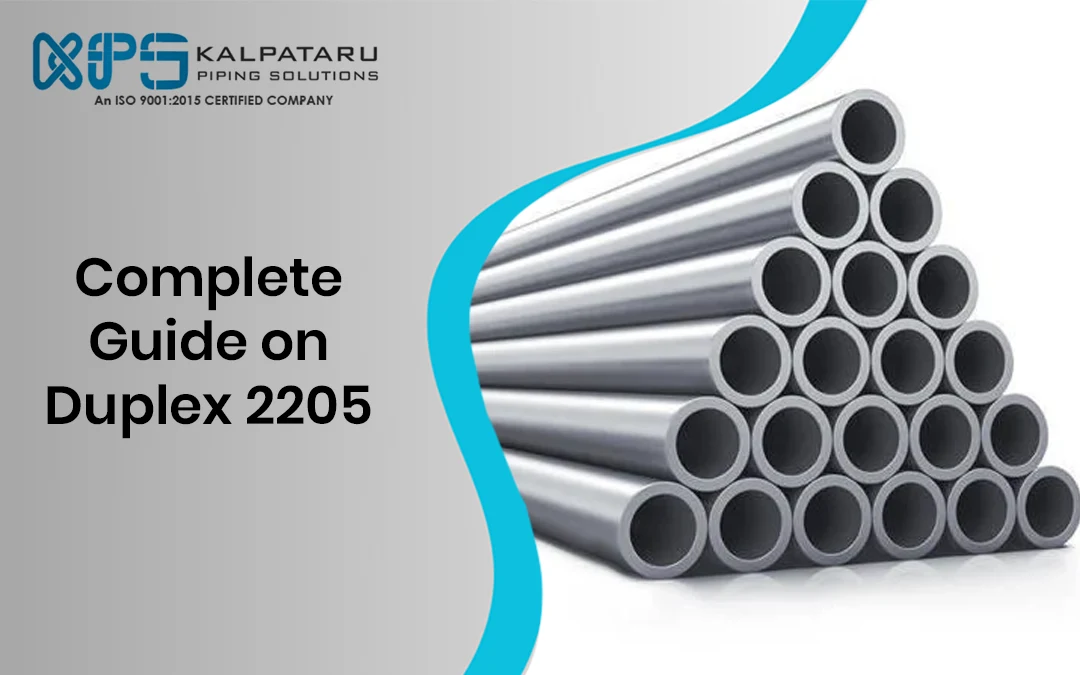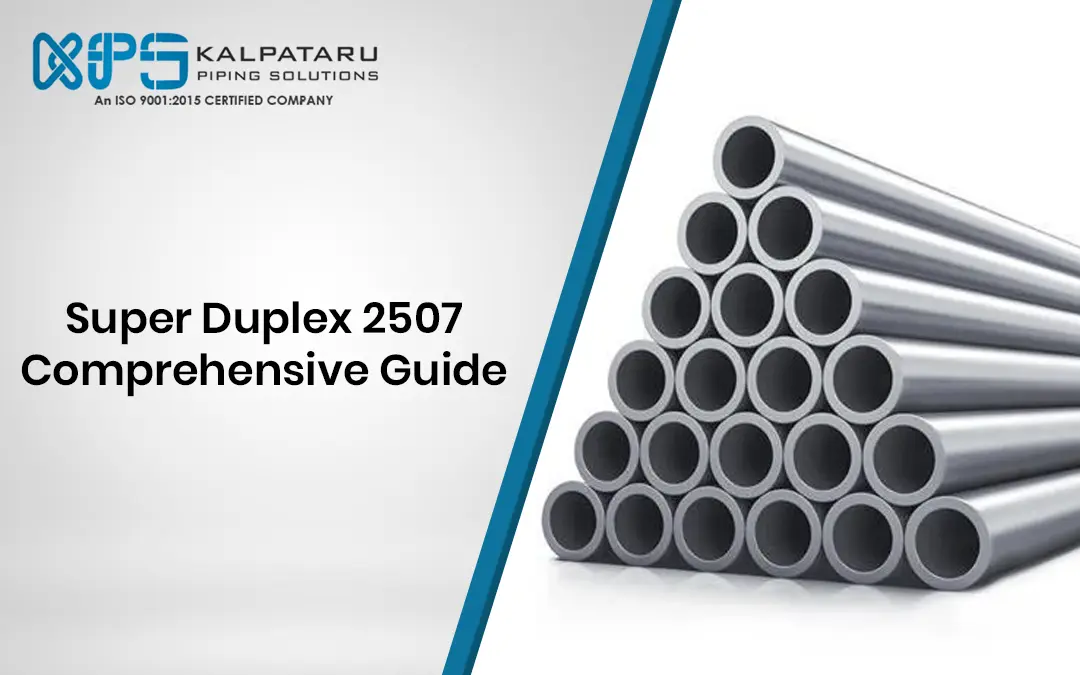In this blog, we’ll explore the benefits of 904L Stainless Steel Pipe and discuss why it’s an excellent choice for various applications. The marine environment is one of the most challenging settings for the use of metals due to the high levels of saline, moisture, and corrosiveness. Therefore, selecting the right material for pipes used in marine environments is crucial. When it comes to seawater pipelines requiring higher levels of durability and corrosion resistance, using an SS 904L pipe is highly recommended.
But what makes 904L stainless steel so special for these types of applications? This blog post explores the unique benefits of using 904L stainless steel pipes in marine environments and why it is a preferred choice for many marine operations.
What are 904L Stainless Steel Pipes?
904L stainless steel pipes are manufactured from high-quality austenitic stainless steel alloy containing the highest chromium and nickel content. Adding molybdenum further enhances corrosion resistance, especially in environments with acid chlorides, making them ideal for use in industrial applications such as oil & gas, petrochemical processing, and marine environments. stainless steel 904L pipes have superior durability compared to other types of stainless steel due to their higher toughness and strength and enhanced resistance to localized corrosion, including pitting, crevice, and stress corrosion cracking. Additionally, they offer excellent weldability while being highly resistant to intergranular corrosion and sulfide stress-corrosion cracking. This allows for easy installation in various industries ranging from chemical plants to food & beverage production facilities.
Benefits of 904L Stainless Steel Pipes
- Resistance to Corrosion: One of the most significant advantages of using 904L stainless steel pipes in marine environments is their high corrosion resistance. 904L stainless steel pipe is more resistant to pitting and corrosion than other types of stainless steel pipe. 904L stainless steel is a low carbon, high alloy austenitic stainless steel resistant to crevice, stress corrosion cracking, and pitting. The high levels of molybdenum and nickel in the steel increase its resistance to chloride attack, making it ideal for use in seawater applications. Also, the addition of copper makes the steel even more resilient to harsh marine environments.
- Weldable: Another benefit of a 904L stainless steel pipe is that it is more weldable than other types of stainless steel. This is due to the alloy’s lower carbon content, making it less susceptible to carbide precipitation during welding. This makes 904L stainless steel pipe an ideal choice for use in welding applications.
- High Strength and Durability: The high strength and toughness of 904L stainless steel make it an ideal material for use in marine pipelines. This type of steel is known for its excellent fatigue strength, high tensile strength, and low thermal expansion coefficient, making it resistant to deformation under high loads. It can withstand high-pressure conditions, high temperatures, and the harsh marine environment without losing its mechanical properties.
- Recyclability: 904L stainless steel is a sustainable material that is 100% recyclable and made of environmentally friendly materials. Its recyclability benefits the environment by reducing waste and minimizing damage to natural resources. Therefore, it is an eco-friendly alternative to using other less sustainable metals in marine environments.
- Cost-Effective: One final advantage of a 904L stainless steel pipe is its lower cost per pound than other types of stainless steel. This makes it an economical choice for use in marine environments where budget is a concern. Despite its high-grade quality, 904L stainless steel is cost-effective in the long run. The high corrosion resistance of 904L stainless steel ensures pipelines last longer, resulting in lower maintenance costs over time. Additionally, its ability to withstand harsh marine environments and high temperatures makes it a reliable and cost-effective choice for marine infrastructure.
- Compatibility with Existing Systems: Finally, 904L stainless steel pipes are easy to integrate with existing systems. They are compatible with most existing stainless steel systems, making them an easy and cost-effective replacement. The pipes’ flexibility, durability, and resistance to corrosion make them a reliable and versatile material for marine pipelines.
Learn more about 904L stainless steel pipe, offering excellent corrosion resistance and strength for marine and industrial use
Why choose a 904L stainless steel pipe for your marine project?
When it comes to marine projects, choosing the right materials is critical. Using the correct piping materials for your vessel can prevent leaks, reduce maintenance costs, and ensure the safety of the crew and passengers onboard. 904l stainless steel pipes are an excellent choice as they are corrosion-resistant, durable, and easy to maintain.
Conclusion
In conclusion, using 904L stainless steel pipe in marine environments offers numerous benefits, including exceptional resistance to corrosion, high strength, and durability. This material is also highly recyclable, cost-effective, and compatible with existing systems, making it a valuable investment for any marine operation requiring long-lasting and reliable infrastructure. If you’re looking for 904L pipe suppliers, 904L stainless steel pipe price, or 904L pipe, feel free to contact us for more details.
FAQs
Which is better: 904L vs 316L?
When comparing 904L and 316L stainless steel, 904L offers above corrosion resistance, especially in harsh environments like seawater and acidic solutions. Its higher nickel and molybdenum content provide enhanced resistance to pitting and crevice corrosion, making it ideal for chemical processing and marine applications. On the other hand, 316L is more cost-effective and performs well in general industrial applications, offering solid corrosion resistance in mild environments. While 904L is better for extreme conditions, 316L is a reliable and budget-friendly choice for less aggressive environments.
What are the mechanical properties of 904L stainless steel pipes?
904L stainless steel pipes have an approximate yield strength of 350 MPa/ksi and an ultimate tensile strength of 690 MPa/ksi.
What makes 904L stainless steel pipes resistant to corrosion?
904L stainless steel pipes have a low carbon content, high nickel and molybdenum contents, and other chemical components that help resist corrosion. The chromium in the alloy acts as a skin to the base iron to help resist oxidation and other corrosion.

